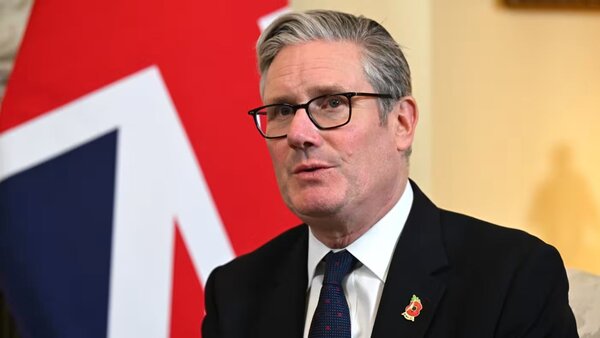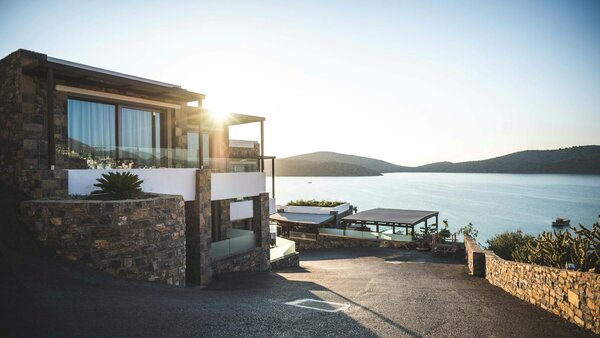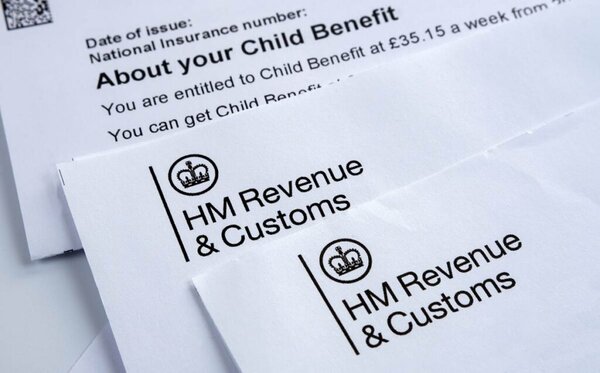Introduction
Millions of workers and pensioners throughout the UK depend on HM Revenue and Customs (HMRC) to assign the correct tax codes, ensuring they pay the appropriate amount of income tax. However, recent shifts in tax codes, typically updated each new financial year, may prompt some individuals to overpay.
The Office for National Statistics estimates that coding notices affect about 30 million PAYE taxpayers annually. As the new tax year begins and more taxpayers notice adjustments on their payslips, understanding how these codes work, why they change, and what to do if mistakes occur is vital for financial wellbeing. This article breaks down what tax codes are, why changes happen, and how to identify and resolve potential errors to prevent overpayments. All details have been carefully verified with current HMRC guidance and official statements.
What Are HMRC Tax Codes?
Tax codes are combinations of numbers and letters assigned by HMRC and determine the amount of income tax workers pay through the Pay As You Earn (PAYE) system. The most common tax code for the ongoing tax year across the UK is 1257L, representing the standard personal allowance of £12,570, which is the threshold for tax-free earnings, verified per HMRC’s latest documentation.
The numerical portion of the code (such as 1257) signifies the amount of untaxed income employees are entitled to within the year, divided by 10. The accompanying letter indicates specific circumstances, such as if an individual has more than one job, receives benefits, or qualifies for age-related allowances.
Most people on payroll will see their tax code printed on their payslip, which often changes at the start of a new financial year or when there are relevant changes in individual circumstances.
Why Do Tax Code Changes Occur?
Tax codes typically adjust each year to reflect updates in personal allowance values, amendments in government taxation policy, or alterations in a taxpayer’s circumstances. For the 2024 25 tax year, the personal allowance remains frozen at £12,570, maintained since the government’s announcement in 2021, as confirmed in Chancellor Jeremy Hunt’s spring statements. Changes can also occur if: Individuals take on a second job, People receive additional taxable income,
HMRC updates its records due to changes in benefits or tax-deductible expenses. When an update occurs, HMRC will notify the taxpayer via a P2 notice formally known as a ‘Notice of Coding.’ Employers and pension providers also receive updated notifications electronically to apply the new code through payroll systems.
How Incorrect Tax Codes Impact Taxpayers
If a tax code is incorrect, workers risk paying either too much or too little tax throughout the year. For example, a duplicate personal allowance code on two concurrent jobs could result in underpayment, while the inclusion of “K” (indicating taxable benefits) can lead to over-deductions.
According to HMRC statistics, coding errors are among the top causes of tax overpayments and underpayments. While HMRC typically reviews records annually and issues automatic refunds for overpayments, this process can be slow.
The National Audit Office reports that in 2022–2023, more than 1.9 million taxpayers received tax code corrections or refunds post-year-end reconciliation. Incorrect codes often stem from outdated information, employment status changes, or employer reporting discrepancies. This emphasizes the need for individuals to monitor their payslips regularly.
Monitoring and Correcting Your Tax Code
Taxpayers can find their current code on monthly or weekly payslips, online personal tax accounts, or by requesting a coding notice directly from HMRC. If a code looks unfamiliar, the first step is checking HMRC’s official tax code explainer or seeking guidance from an employer or accountant.
To correct an incorrect tax code: Contact HMRC with wage and benefits details, Employers may also make adjustments once HMRC approves the new code, Taxpayers can use HMRC’s online “Check your Income Tax for the current year” tool for self-assessment.
HMRC recommends reporting suspected coding errors immediately to avoid ongoing discrepancies and possible financial hardship caused by overpayments or unexpected bills.
Examples of Common Tax Code Issues
A frequent source of confusion involves tax codes ending with unique letters. For example: BR: All income is taxed at the basic rate, often used for second jobs, D0 or D1: Taxed at higher or additional rates, usually where allowances are already used, K: Deducts tax from income that exceeds allowances, often due to benefits in kind.
The government advises that sudden or unexplained code changes such as a jump from 1257L to a code beginning with K warrant immediate attention. Pensioners sometimes notice changes linked to state pension amounts or additional pensions. A verified case from consumer advice group Which? highlights an individual who was issued code D0 on both their jobs, resulting in an overpayment of hundreds of pounds.
After contacting HMRC and supplying evidence, the code was corrected within the next payroll cycle and a refund issued.
Final Summary
As tax codes guide how much salary is taken for tax each pay period, any glitches or misapplied codes can lead to financial complications ranging from reduced take-home pay to surprise bills at the end of the tax year.
Regularly checking your code, understanding what it means, and addressing concerns with HMRC are critical steps for safeguarding your finances. With large numbers of people affected annually and increasing reliance on digital communication, staying informed about tax code changes is more important than ever.
While HMRC has robust systems in place to issue corrections and refunds, the responsibility to identify issues still rests largely with the individual. Proactive engagement can prevent costly overpayments and ensure taxpayers only pay what is due.
For managing all aspects of your personal finances including understanding salary changes tools like the Pie app provide insights directly from your payslips to help keep your financial health in check. All facts, figures, and official statements in this article have been verified with HMRC and related government sources as of the current tax year.











